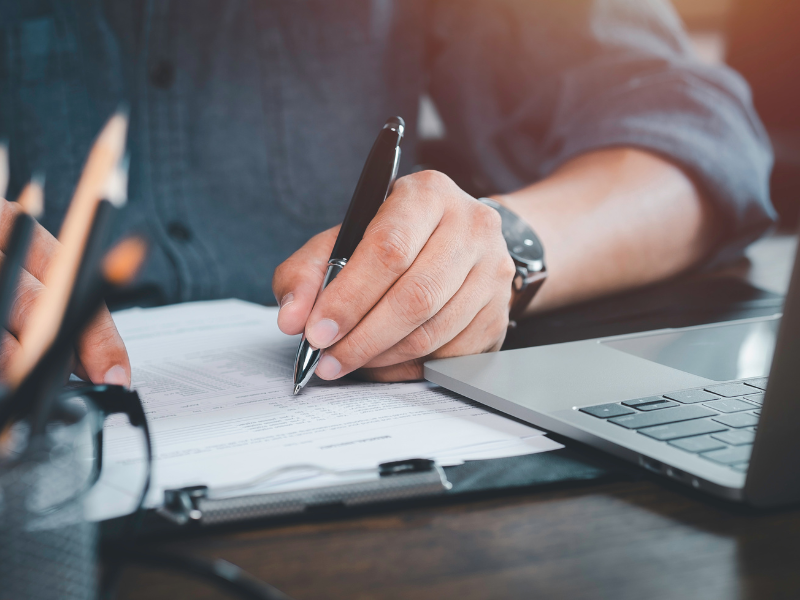Let’s be honest: preparing for an emergency isn’t always easy. Many people avoid it because they don’t know where to start or aren’t sure what to get. However, taking the time to prepare can save lives. Getting started is often the hardest part, so we’ve outlined some simple preparedness steps you might already be doing or can easily begin. Check them out below!
1. Give Everyone Emergency Contact Information
 Communication is essential during an emergency. Ensure every family member has a copy of your emergency contacts. Place a copy in your child’s backpack (if applicable), your car’s glove box, your wallet or purse, and in your emergency kit. This way, you’ll always have the information handy, even if you have to leave quickly.
Communication is essential during an emergency. Ensure every family member has a copy of your emergency contacts. Place a copy in your child’s backpack (if applicable), your car’s glove box, your wallet or purse, and in your emergency kit. This way, you’ll always have the information handy, even if you have to leave quickly.
Include an out-of-town contact. Local phone lines may be overwhelmed during a disaster, so reaching someone outside the area can be more reliable.
2. Make an Emergency Evacuation Plan
Identify potential evacuation locations such as the homes of friends or family members in other towns, hotels, or shelters. Ensure you have at least two designated meeting points in case family members are separated. Be specific about the locations (e.g., “meet at the big clock in the town square” instead of “meet at the town square”).
Map out primary and backup routes to your evacuation destinations in case roads are blocked. Keep a physical map in case GPS devices lose power or connectivity.
3. Identify Potential Hazards in Your Area
It’s important to know which types of disasters are most likely in your area. For example, preparing for mudslides is relevant in California, while blizzards or tornadoes are more pertinent in Nebraska. Make sure all family members are familiar with the types of emergencies that could occur locally and what actions to take.
4. Get Additional Education
Explore resources from organizations like FEMA or the American Red Cross to help guide your preparation efforts. Whether you’re updating an existing plan or starting from scratch, don’t wait to make the necessary preparations. It’s a smart move to ensure your family’s safety and minimize disruption during a crisis.
5. Practice Your Emergency Plan
 A plan that’s never practiced may not be useful when needed. Hang evacuation maps in visible areas, and practice your plan every six months, adjusting as needed. Test smoke detectors monthly and change batteries twice a year, per U.S. Fire Administration recommendations. Carbon monoxide detectors are typically good for 5-7 years, so replace them as required.
A plan that’s never practiced may not be useful when needed. Hang evacuation maps in visible areas, and practice your plan every six months, adjusting as needed. Test smoke detectors monthly and change batteries twice a year, per U.S. Fire Administration recommendations. Carbon monoxide detectors are typically good for 5-7 years, so replace them as required.
We hope this article has given you a clearer understanding of the steps you need to take to be prepared. Whether you face a natural disaster, a car breakdown, or a period of unemployment, having an emergency plan can make a difference. We’re here to help you stay self-sufficient and prepared for whatever comes your way.










